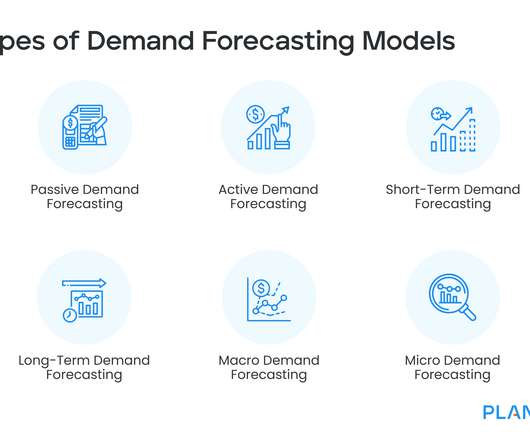Inventory Forecasting — Everything You Should Know
Procurement Tactics
JUNE 6, 2023
Bonus PDF: 51 ChatGPT Prompts to 10X Your Productivity in Procurement Download 51 Prompts → Or receive our famous weekly newsletter Inventory Forecasting — Everything You Should Know Inventory forecasting allows you to predict when supply chains and consumer demand are going to change. However, what is it?












Let's personalize your content